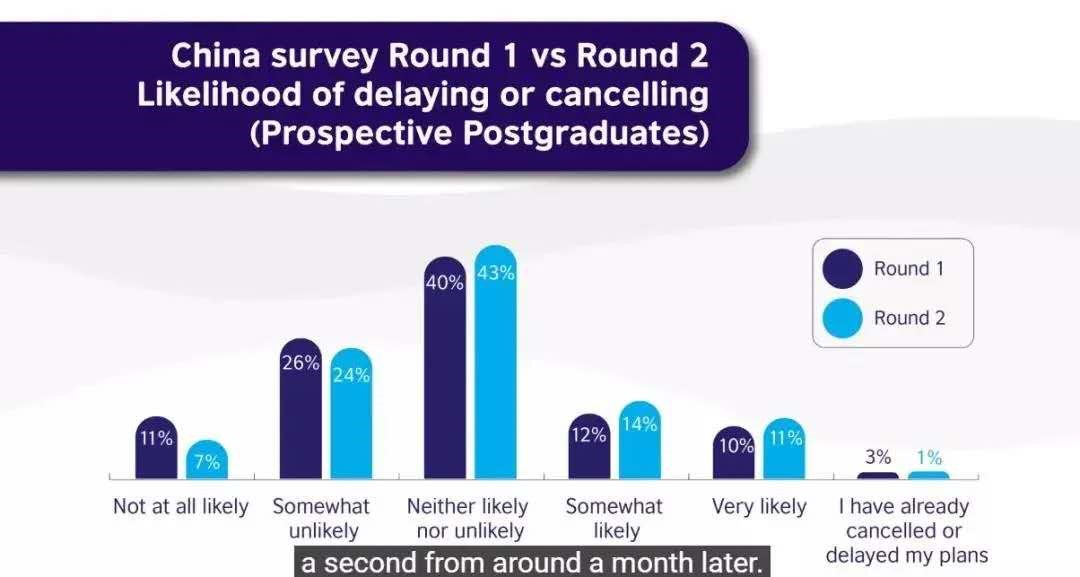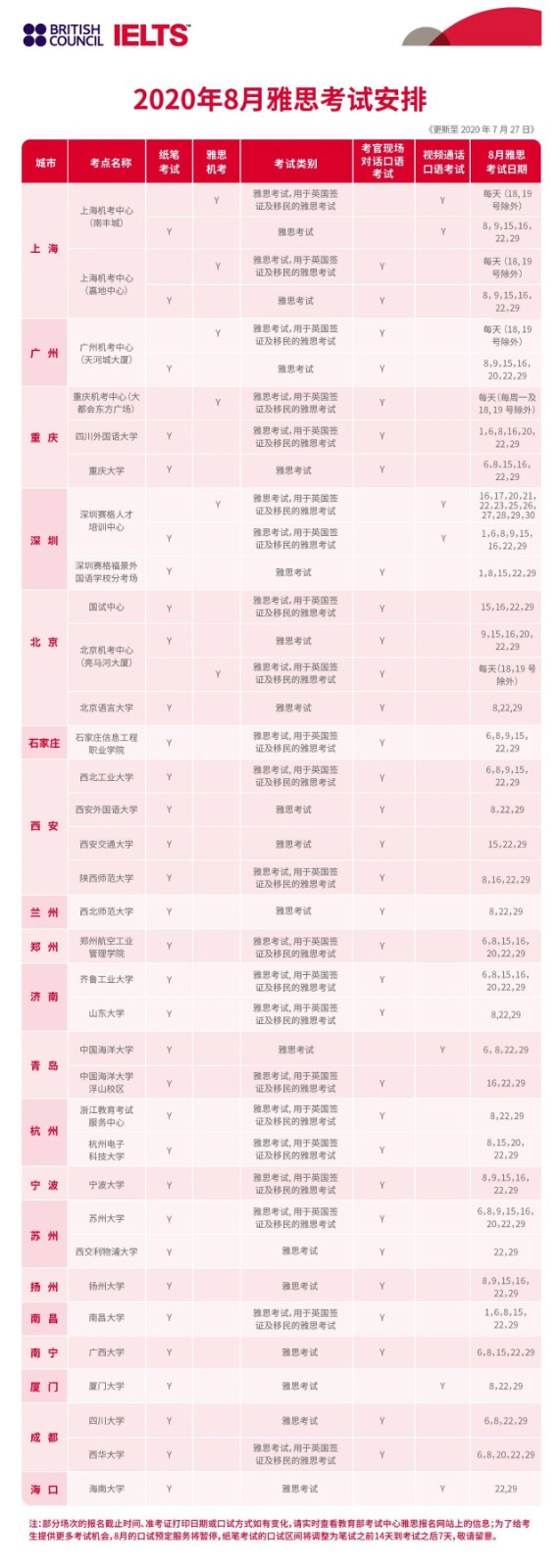雅思听力考试中的日常生活部分经常会用到各种各样的节日,圣诞节就是不得不提到的一个。下面小编就和大家分享 雅思听力素材积累--圣诞树的来历,希望能帮助到大家,来欣赏一下吧。
雅思听力素材积累--圣诞树的来历
Legend suggests that, in the late 16th century, Martin Luther (the founder of the Protestant religion) was the first to decorate an indoor tree with candles when he attempted to recreate the stars shining over a forest of evergreens.
The first mention of decorated trees being taken indoors came in 1605 in Germany - a country with a long Christmas tree history! The trees were initially decorated with fruit and sweets together with hand made objects such as quilled snowflakes and stars. German Christmas Markets began to sell shaped gingerbreads and wax ornaments which people bought as souvenirs of the fair and took home to hang on their tree.
Tinsel was also invented in Germany in about 1610. Up until fairly recently real silver was used, which was pulled into wafer thin strips by special machines. This was durable but tarnished quickly and many experiments took place to try and find an alternative - including a mix of lead and tin, which was too heavy and kept breaking. It was only in the mid 20th century that a viable alternative was found.
Artificial trees were invented in the 1880's in a bid to try and stop some of the damage being caused to real trees due to people lopping the tip off large trees, thus preventing the trees from growing any further. It got so bad in Germany that laws had to be brought in to prevent people having more than one tree.
圣诞树一致是庆祝圣诞节不可少的装饰物,如果家中没有圣诞树,就大大减少了过节气氛。关于圣诞树的来源有多种不同的传说。
其中一个是说:大约在十六世纪,圣诞树最先出现在德国,德国人把长青的松柏枝拿到屋中去摆设,将之成为圣诞树。后来,由德国人马丁路德把蜡烛放在树林中的枞树枝上,然后点燃蜡烛,使它看起来像是引导人们到伯利恒去。而近今日,人们已经改用粉色的小灯泡了。
另一个传说记载。据说有一位农民在一个风雪交加的圣诞夜里接待了一个饥寒交迫的小孩,让他吃了一顿丰盛的圣诞晚餐,这个孩子告别时折了一根杉树枝插在地上并祝福说:“年年此日,礼物满枝,留此美丽的杉村,报答你的好意。”小孩走后,农民发现那树枝竟变成了一棵小树,他才明白自己接待的原来是一位上帝的使者。这个故事就成为圣诞树的来源。在西方,不论是否...,过圣诞节时都要准备一棵圣诞树,以增加节日的欢乐气氛。圣诞树一般是用杉柏之类的常绿树做成,象征生命长存。树上装饰着各种灯烛、彩花、玩具、星星,挂上各种圣诞礼物。圣诞之夜,人们围着圣诞树唱歌跳舞,尽情欢乐。
圣诞树真正出现在圣诞节时,首先见于德国,之后又传入欧洲和美国,并以其优美的姿态,成为圣诞节不可缺少的装饰。圣诞树的种类繁多,有天然松柏圣诞树、也有人造圣诞树及白色圣诞树。每棵圣诞树上都挂满琳琅满目的装饰品,但每棵树的顶端必定有个特大的星星,象徵三博士跟随该星而找到耶稣,而且也只有该家庭的一家之主可以把这棵希望之星挂上。
雅思听力信号词整理
表示列举,增补关系的雅思听力信号词 and、in addition to that、one more thing 、what’s more 、besides 、either also、too、as well as、for instance 、both and 、together、for example 、further more 、such as、in addition 、likewise、 like、similarly、moreover
表示转折关系的雅思听力信号词 although 、by contract 、as a matter of fact、nevertheless 、in contrast 、instead、 however 、while 、otherwise、though、 but 、despite、on the contrary 、on the other hand 、in the same way、in spite of 、yet 、whereas
表示顺序或序列关系的雅思听力信号词 first 、before 、first of all、on the right/left、next、to begin with、turn right/left 、afterward、meanwhile、second、 last but not least 、for a start、third 、finally、 until、between 、firstly 、subsequently、then 、secondly 、previously、in the middle 、for one thing、 for another、after 、in the first place
表示解释或强调关系的雅思听力信号词 that is 、in particular、 I mean、namely、 especially、 actually、in other words 、that is to say 、specially、another way of saying、 equally、
表示归纳,结论性关系的雅思听力信号词 as a result、altogether 、finally、in short、therefore 、overall、in sum 、thus、 on the whole、in brief 、accordingly、to conclude、in a word 、consequently、 to sum up、in conclusion、 so 、to summarize、
表示因果关系的雅思听力信号词 as a result 、therefore 、since、for 、for this reason 、so、because 、consequently 、as、thus IELTS
考生应特别注意并熟悉一下一些雅思听力信号词 And now (we will) —— Most importantly… Now tell me… —— One more thing Before I move on to… —— To start with… Next, I’d like to… —— Finally, can you tell us… And what about… —— Well, that’s about it, except for… Right, so the first thing… —— I’d like not to move on to…
IELTS 听力测试中又很多题目的答案都是被说话人特别重复或重读的 When the voice falls, it often shows a feeling of completion, e.g. a statement or order. When it rises, it often shows a feeling of doubt, e.g. a question or doubtful remark.
雅思听力考试五大特点介绍
首先,雅思听力考试特点就是雅思听力的录音材料只播放一遍
考试时考生必须一边阅读考试说明文字和问题,一边聆听录音材料,一边记下重要字句,一边写出答案。这对于没有接触过这种听力考试形式,又没有做过大量针对性很强的练习的考生来讲,要想获得理想的成绩简直是Mission Impossible III.
其次,雅思听力考试特点就是专设10分钟的填写答案时间就是对别的考试的一个重大的转变。
以往考试的听力部分都是边听边填答案,听完之后听力部分的答题纸就要交上去,没有重新思考和检查的余地,是对是错就只能"听天由命",考生本人已"无力回天"。而雅思听力的10分钟填答案时间简直是"天外飞仙",对很多刚才听的时候没有时间写下完整答案的考生是"天助我也"。
再者,雅思听力考试特点就是雅思听力与别的英语考试的题型不大一样。
在雅思考试的听力部分中,选择题只占一定的比重,而使用文字回答的题目相当多,如问答题,填空题,表格题等。这一点对于很多习惯选择题的中国考生来说又是不太有利的。雅思考试的官方说明中将雅思听力分为7大题型,在讲课中这7种题型又具体分解为 10种题型。根据不同题型使用不同的应试思路是针对这一难点的唯一法宝。
第四,雅思听力考试特点就是雅思听力部分没有托福或四六级中经常出现的短对话,四个部分都是长达7、8分钟的长文章。
前两个部分多涉及一般的校园生活,社会交往等模拟场景,如租房场景,度假场景,等等。第一部分通常是两人之间的对话,而第二部分往往是一个人的叙述。后两个部分多以学术性,教育类话题为主,如课外研究和讨论,有时会涉及全球性的热点话题,如环保问题,治理问题。而第三部分的内容经常是一段几个人之间的对话或交谈,第四部分与第二部分的形式相同,基本上也是一个人的叙述。虽然每次考试的实际内容灵活多变,但"万变不离其宗",各部分的基本选材和场景大致如此。而且,随着每个部分的递进,题目的难度也在不断增加。假如能弄清这一规律,对解题也是很有帮助的。
第五,雅思听力考试特点就是雅思听力的语音并不是唯一的,而是呈国际化的趋势。
在听力的四个部分中,经常会使用多种常见的英语口音。这对只熟悉某一种口音的中国学生来说,又是一大难点。
针对这些雅思听力考试特点,考生在预备雅思考试的听力部分时,一定要把听力水平的提高和技巧的运用结合起来。技巧的运用可以通过课堂的学习迅速把握,但听力水平的提高是长期努力的结果,非一朝一夕所能达到。在听力练习中,应把握正确的学习方法。最后祝大家取得满意的雅思成绩!
雅思听力素材积累圣诞树的来历
上一篇:雅思听力中快速记住电话号码等数字
下一篇:返回列表






